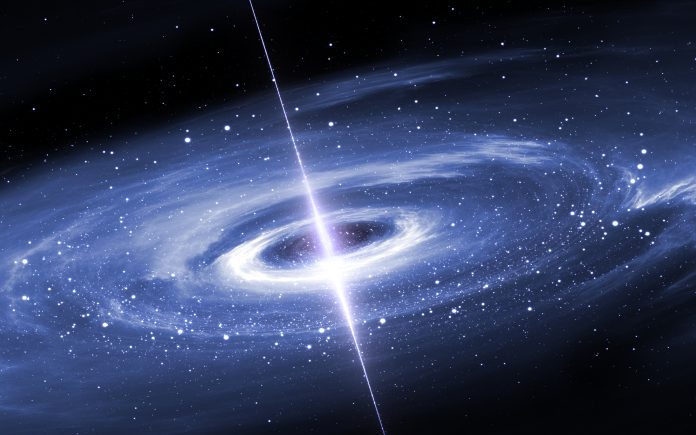Using NASA’s James Webb Space Telescope (JWST), astronomers have uncovered details about the processes shaping protoplanetary disks, the cosmic nurseries where planets are born
Led by researchers from the University of Arizona, the study provides new insights into the dynamics of disk winds, crucial for understanding the formation of planetary systems.
Winds shaping protoplanetary disks
Protoplanetary disks are vast, swirling formations of gas and dust surrounding young stars. These disks are key in the birth of planets, but the exact mechanisms governing their evolution have always confused scientists.
Now, observations detailed in a recent publication in Nature Astronomy shed light on one of the key players: disk winds.
Led by Professor Ilaria Pascucci from the U of A’s Lunar and Planetary Laboratory, the team focused on tracing these disk winds with exceptional clarity. These winds, driven by magnetic fields, can extend tens of miles per second, influencing how material within the disk interacts with the central star.
According to Pascucci, understanding how stars accrete mass is pivotal because it shapes the evolution of the surrounding disk and, consequently, affects planetary formation.
“The specific ways in which this happens have not been understood, but we think that winds driven by magnetic fields across most of the disk surface could play a very important role,” Pascucci explained.
Winds in space
The gas must lose angular momentum for stars to accrete matter effectively. The study suggests that magnetic field-driven disk winds play a significant role in this process, facilitating the inward movement of gas necessary for star growth.
The JWST’s advanced capabilities allowed researchers to discern distinct types of disk winds, such as the X-wind close to the star and thermal winds further out, eroded by intense starlight. These observations, made possible by JWST’s high sensitivity and resolution, revealed a layered structure reminiscent of an onion, with a central jet surrounded by a cone-shaped envelope of winds.
Naman Bajaj, a graduate student involved in the study, highlighted the importance of the disks’ edge-on orientation when viewed from Earth. This orientation acted as a natural mask, allowing researchers to observe the winds without interference from the star’s intense light.
Pascucci’s team aims to expand their observations to include more protoplanetary disks, looking to understand the prevalence and evolution of these wind structures across different stellar environments. Their findings suggest that these wind phenomena could be widespread in the universe, influencing how stars assemble and planets ultimately take shape.
Astronomers are set to unlock even more secrets hidden within these celestial disks through further exploration and refined techniques.
This study not only advances our scientific knowledge but also underscores the crucial role of cutting-edge technology like the JWST in unravelling the complexities of the universe.











